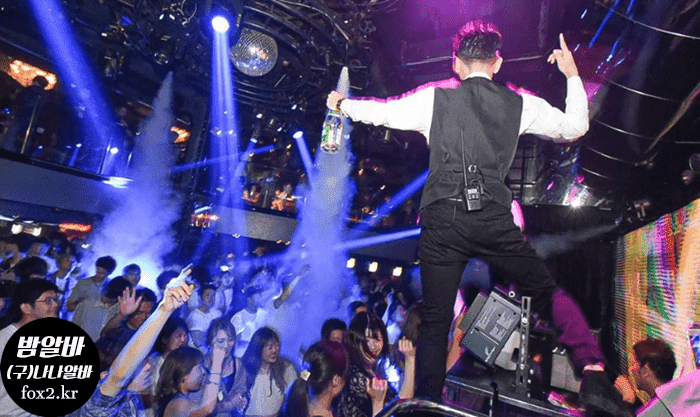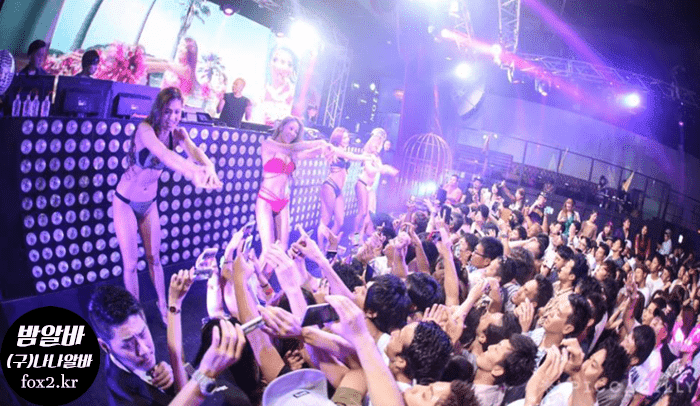
Chinese massage has a 텐프로알바 5,000-year tradition. China calls it art. Many Americans consider it a national treasure for its historical and cultural significance. Huangdi Neijing collects Qin Dynasty medicinal writings. The Yellow Emperor’s Classic of Internal Medicine. It has early massage information. This broad term includes several therapies, including manual manipulation of soft tissues for pain alleviation and wellbeing. Traditional Chinese medicine monks and doctors performed most massages.
Chinese culture has grown to include massage. Teahouses offered massages to attract customers. For stress reduction and attractiveness, this was prevalent. Chinese massage has evolved into a multifaceted art. Acupuncture, cupping, and reflexology are examples. Its popularity is rising worldwide. Also elsewhere.
Traditional Chinese medicine (TCM) is a kind of complementary and alternative medicine (CAM). Traditional Chinese Medicine has become TCM. TCM believes that illness stems from energy channel abnormalities. This notion underpins TCM diagnosis and therapy. This thousand-year-old notion still fascinates the Chinese. Massage treatment enhances clinical TCM. Traditional Chinese medicine treats sickness through massage.
TCM massage uses several techniques, including applying pressure to specific body locations. TCM massage uses acupressure, cupping, and stretching. TCM is ancient Chinese alternative medicine. TCM massage may heal chronic pain, stress, anxiety, gastrointestinal, and respiratory disorders.
Chinese acupressure massage uses fingers, hands, elbows, and even feet to apply pressure on acupoints. By diverting energy flow, some practitioners believe pressure on these places might restore the body’s natural homeostasis. Acupuncture may improve digestion, immunity, relaxation, and stress.
For a more comprehensive therapeutic experience, massage therapists who specialize in this method may combine it with acupuncture or cupping. Acupressure’s ability to cure many health issues without medicines or surgery has made it popular worldwide. This explains acupressure’s unprecedented worldwide growth.
Tui na, a Chinese massage method, dates back over two millennia. “Massage treatment with Chinese origins” and “Chinese massage” are additional names for Chinese therapeutic massage. TCM relies on qi (energy) flowing freely through the meridians. Tui na uses kneading, rolling, and pressing to relax muscles and activate acupressure points.
One may use as much or as little power as desired. Tui na may help back, neck, and joint discomfort. It may also improve circulation and organ health. This talent improves the body.
Cupping, a traditional Chinese massage, involves placing cups on the patient’s skin and sucking air out to create suction. Many feel cupping is helpful. Glass, bamboo, and silicone cups come in several sizes. Glass dominates. Heated glass or plastic cups create a suction to stimulate cutaneous blood flow during cupping therapy. This treats acne, cellulite, and other skin concerns. This improves spider vein and varicose vein treatment.

Cupping treatment may expedite recovery by reducing muscular tension, inflammation, and blood flow. Treatment targets these three aims. Therapy improves asthma, respiratory problems, discomfort, and stiffness. Massage and cupping may improve health even more. The therapist may use massage before or after cupping therapy to relax muscles and prepare the body for treatment or relieve discomfort.
China loves gua sha, or scraping. It’s also ancient massage treatment. Use a smooth-edged object to gently scrape the skin. The program is said to reduce stress, toxins, and blood flow to all body parts to help recovery. Gua sha relieves tiredness, stiffness, and muscle discomfort, hence many people utilize it.
It may decrease inflammation and improve vascular function. Applying oil before a massage prevents irritation and pain. Redness or bruising usually occurs where the therapist scratched meridians. Most people recover from scrapes in a few days. Gua sha, an ancient Chinese medical practice, is safe and useful despite its appearance. It’s bizarre. It’s unique too.
Chinese people respect foot and hand health, hence reflexology massage is popular. Acupuncture is based on the idea that body acupoints are anatomically and physiologically related. Acupuncture’s theoretical framework is this. To facilitate healing and energy flow, the practitioner will apply pressure to certain body parts with their fingers, thumbs, and knuckles. Traditional Chinese medicine believes the soles of the foot contain a sophisticated nerve system that links the body. This may explain China’s foot reflexology popularity.
Foot reflexology is more well-known than hand reflexology. Reflex point foot massage relaxes, boosts circulation, and enhances health. Many health spas and massage therapy facilities provide reflexology. Reflexology is therapeutic, according to several studies. Reflexology may boost health in many ways.
Technology has improved traditional Chinese massage in recent years. Aromatherapy massages are new. This procedure relaxes and reduces tension while leaving a lovely smell. Suction cups on the skin increase circulation and relax stiff muscles. Cupping is a time-tested method.
Chinese massage increasingly uses electrical stimulation. Low-frequency electrical currents increase muscular contraction and aid recovery with this massage. Hot stone treatment, a relatively recent massage technique, uses heated stones. This pumps blood and warms muscles. Technology has given Chinese customers additional options for imaginative and effective massages. Due to more options, they believe thus. Therapeutic massage helps people concentrate and accomplish goals.
